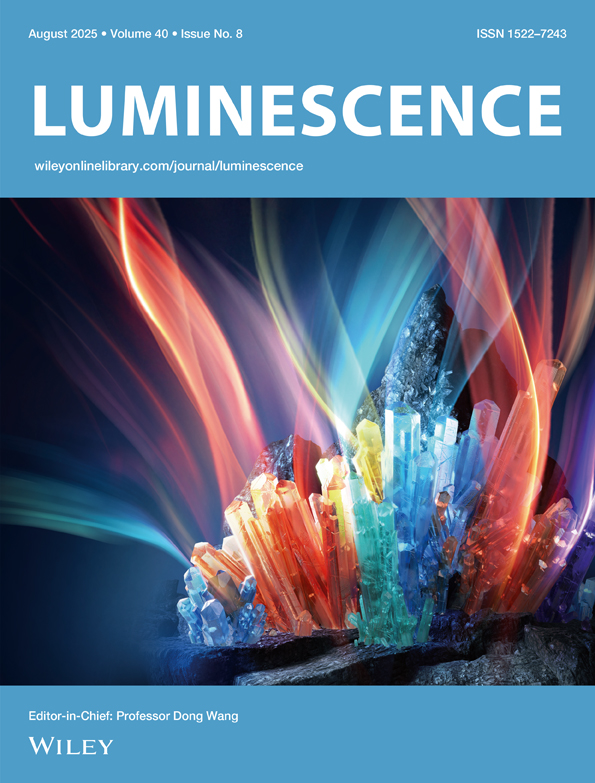Bilirubin chemiluminescence induced by the attack of active oxygen species
Abstract
Ultraweak chemiluminescence (CL) from bilirubin occurs in the presence of triplet oxygen and is stimulated by the addition of aldehydes. Active oxygen species also enhance bilirubin CL, in the absence of aldehydes. An inhibitory effect of active oxygen scavengers on the CL indicated that active oxygens generated from the decomposition of added hydrogen peroxide or from the xanthine-xanthine oxidase reaction contributed to the CL from bilirubin molecules. However, the contribution of singlet oxygen to the CL disappeared in the presence of formaldehyde. This suggested that the scission of tetrapyrrole bonds via a dioxetane intermediate or the production of triplet carbonyls from the oxidation of aldehydes by singlet oxygen was not involved in the CL, at least in the presence of formaldehyde. The spectrum of CL induced by the generation of active oxygen was the same as that from the aldehyde-enhanced CL reaction. We propose that the formation of a hydroperoxide (and/or hydroxide) bilirubin intermediate, but not a dioxetane, may be involved in the excitation of bilirubin molecules for CL.




